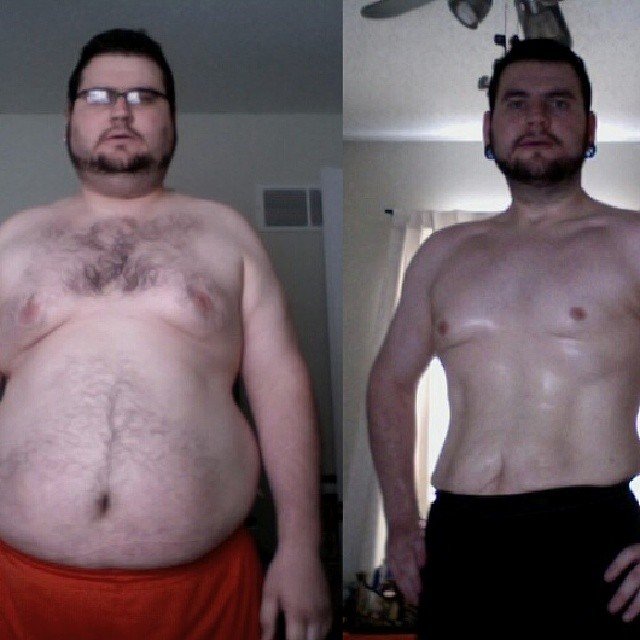Have you used one of those BMI apps only to be told that you are either overweight or underweight? Body Mass Index calculates weight in kilograms divided by height in meter, squared doesn't confirm how much body fat a person have. A person can have a high BMI but still not have lots of body fat, or better still have lean muscles and might have a low BMI but still have excessive body fat. BMI will not determine the body fat, and with that said, but it is a fair tool to use when a person have excess fat without having to do scans and if you want to have an accurate percentage of how much body fat you have, you can request for a Dual-Energy X-ray absorptionmetry Scan (DEXA).
Asides from DEXA or BMI, you can know if you have too much body fat if you look yourself in the mirror, since mirrors don't tell lies. The body is made up of subcutaneous fat, and Visceral fat. The one you can feel under your stomach skin and every other part of the body is known as subcutaneous fat but just as this fat is available to cushion your skin, so does the internal organ need protection and cushioning and that is the function of visceral fat which is the fat you cannot see.
Having excessive visceral fat is linked with different conditions such as high cholesterol, high blood pressure, heart disease, type 2 diabetes, Alzheimer's disease, and Stroke. An Oxford university study shows that obesity increases death rate for some types of cancer and obesity has been associated with reducing life expectancy by 10 years, a rate similar to smoking as it increases risk for stroke and heart disease but then life expectancy for people who are thin is reduced. The normal BMI for a person over 20 years ranges from 18.5 and 24.9 so when I say underweight, it will be anything below that and being overweight will be anything above that.
There are many reasons why the world is experiencing an obesity crisis and diet is one of the leading causes. People eating ultra-processed food packed with sugar is one of the reasons why people are obese, and these processed food are cheap. Fat tissues are made up of lipids which is made up of Hydrogen, Carbon, and Oxygen, and it is great at storing energy and when the energy is broken apart, they release the energy they store, what we refer to as burning fat.
There is a common misconception that when we burn fat, the fat mass is converted into energy and lost as heat. But with chemistry, we have the conservation of mass which means that the same amount of material always comes out of a reaction as goes into it and even though the break up to release energy, the hydrogen, carbon, and oxygen are still there so when the lipid is broken down, the compounds are exhaled out of the body.
Researchers found out that for every 10kg of fat burned, 29kg of oxygen is required to be inhaled to break down the fat and release its energy. Which lead to the breakdown of 28kg of Carbon Dioxide, and 11kg of water. For every kg of fat burn, 80% is lost as carbon dioxide and is exhaled while the remaining 20% is released as water. Whenever you are working to burn out fat, you are just going to release the compounds through exhaling and as water.
Read More
https://www.eurekalert.org/news-releases/809042
http://hyperphysics.phy-astr.gsu.edu/hbase/Biology/metab.html
https://www.scientificamerican.com/article/athlete-body-fat/
https://pubmed.ncbi.nlm.nih.gov/6650717/
https://www.sciencedirect.com/science/article/abs/pii/S0039610916419766
https://www.who.int/europe/news-room/fact-sheets/item/a-healthy-lifestyle---who-recommendations
https://www.webmd.com/diet/what-is-visceral-fat
https://www.ncbi.nlm.nih.gov/pmc/articles/PMC8290478/
https://www.who.int/news-room/fact-sheets/detail/obesity-and-overweight
https://www.nhs.uk/conditions/obesity/



